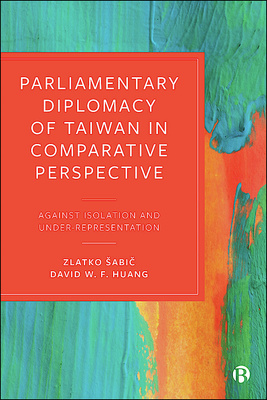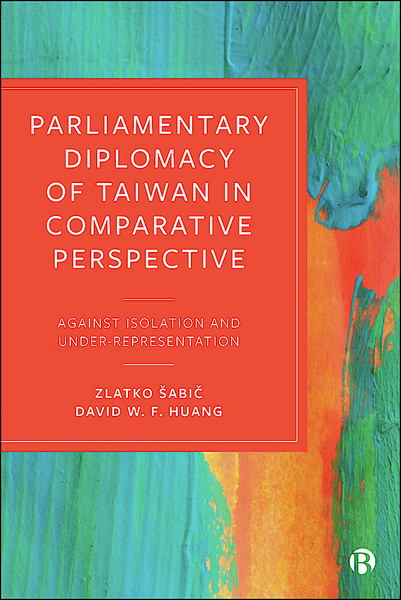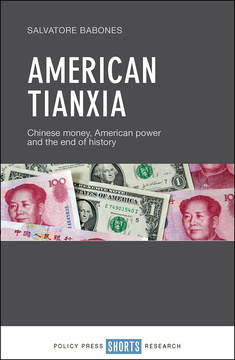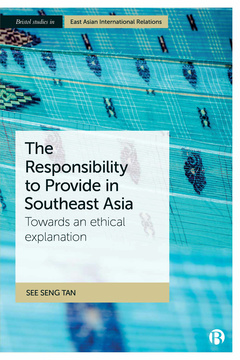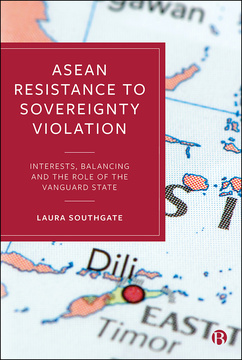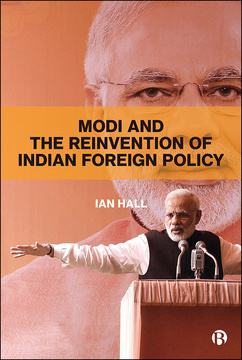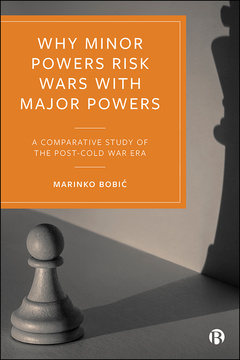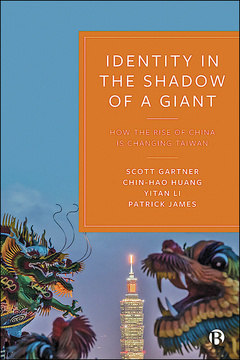Parliamentary Diplomacy of Taiwan in Comparative Perspective
Against Isolation and Under-representation
By Zlatko Šabič and David Huang
Published
Jul 31, 2021Page count
210 pagesISBN
978-1529211184Dimensions
234 x 156 mmImprint
Bristol University PressPublished
Jul 31, 2021Page count
210 pagesISBN
978-1529211207Imprint
Bristol University PressPublished
Jul 31, 2021Page count
210 pagesISBN
978-1529211207Imprint
Bristol University PressParliamentary diplomacy has provided a crucial, promising outlet in Taiwan’s challenging pursuit of its own interests in the international arena.
This book assesses both the potentials and the constraints of parliamentary diplomacy for Taiwan. Through a comparative perspective, and using evidence from the relations of the Legislative Yuan in Taiwan with the US Congress and the European Parliament, the authors investigate the implementation of parliamentary diplomacy in Taiwan and its impact in Taiwan’s foreign policy. In their analysis, the authors draw vital lessons that will have important implications for other entities which have similar challenges and aspirations.
“This is a very smart book that draws our attention to alternative ways that unrecognized and unrepresented ‘entities’ can make use of democratically-elected parliamentarians to engage with the world. A valuable contribution to the study and theory of International Relations.” Thomas Gold, University of California, Berkeley
“This comprehensive and thorough study of the parliamentary dimension of Taiwan’s international relations shows the great potential of parliamentary diplomacy in today’s international system.” Wolfgang Wagner, Vrije Universiteit Amsterdam
Zlatko Šabič is Professor of International Relations at the University of Ljubljana, Slovenia.
David W. F. Huang is an Associate Research Fellow at the Academia Sinica, Taiwan.
1. Introduction
2. About Parliamentary Diplomacy
3. Unrecognised and Unrepresented States
4. Taiwan
5. Taiwan's Parliamentary Diplomacy
6. Barrier's Surrounding Taiwan's Parliamentary Diplomacy
7. Conclusion







